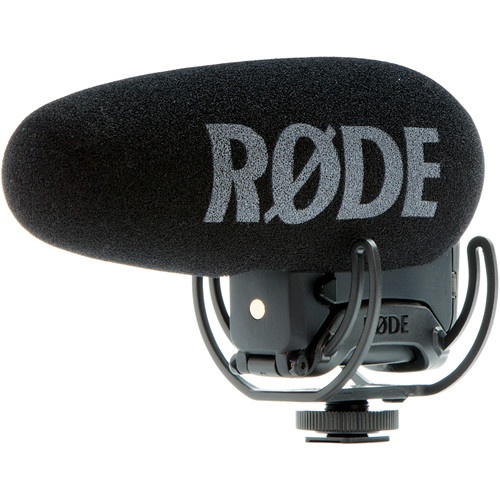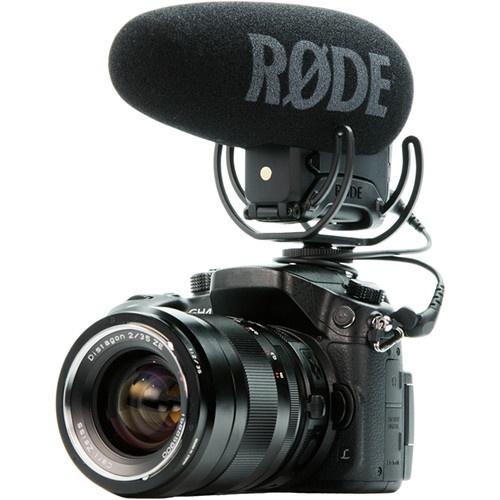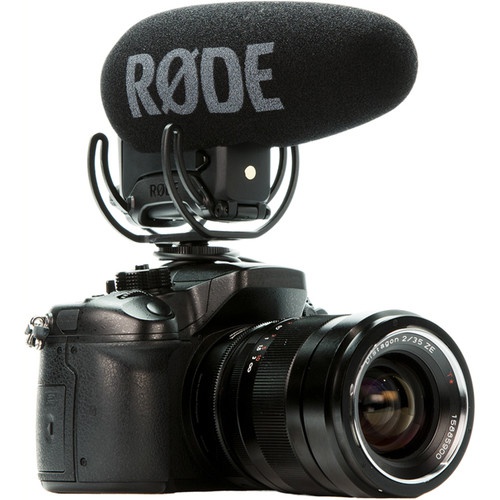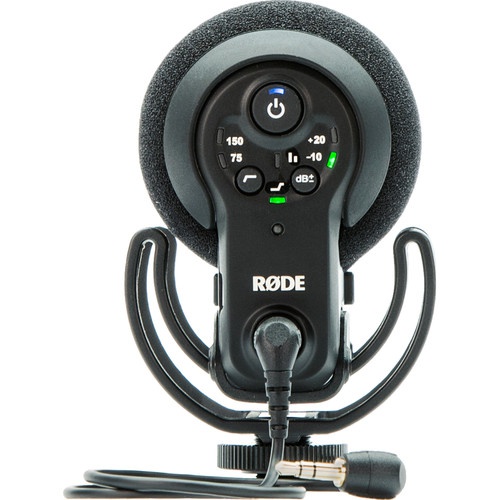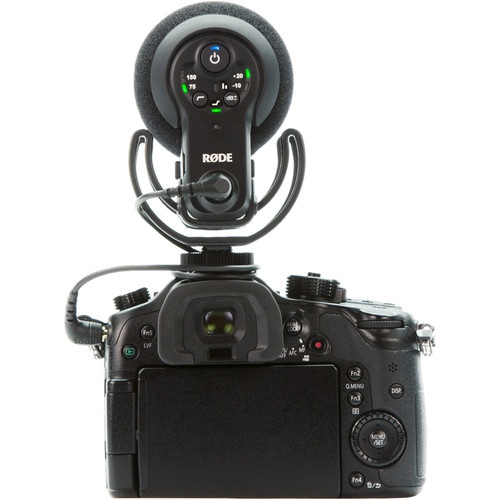
Rode VideoMic Pro+
- By: Rode
Price
₹33,000
Quantity
- Category: Wired AudioTags: Premium On-camera MicrophoneSKU: VIDEOMIC-PRO-PLUS
Description Specifications Features Products In Box Images and Videos
The VideoMic Pro+ is a premium on-camera microphone for capturing broadcast-grade audio in a wide range of filmmaking scenarios. With an expansive feature set and superior sound quality, it is the go-...
View More

